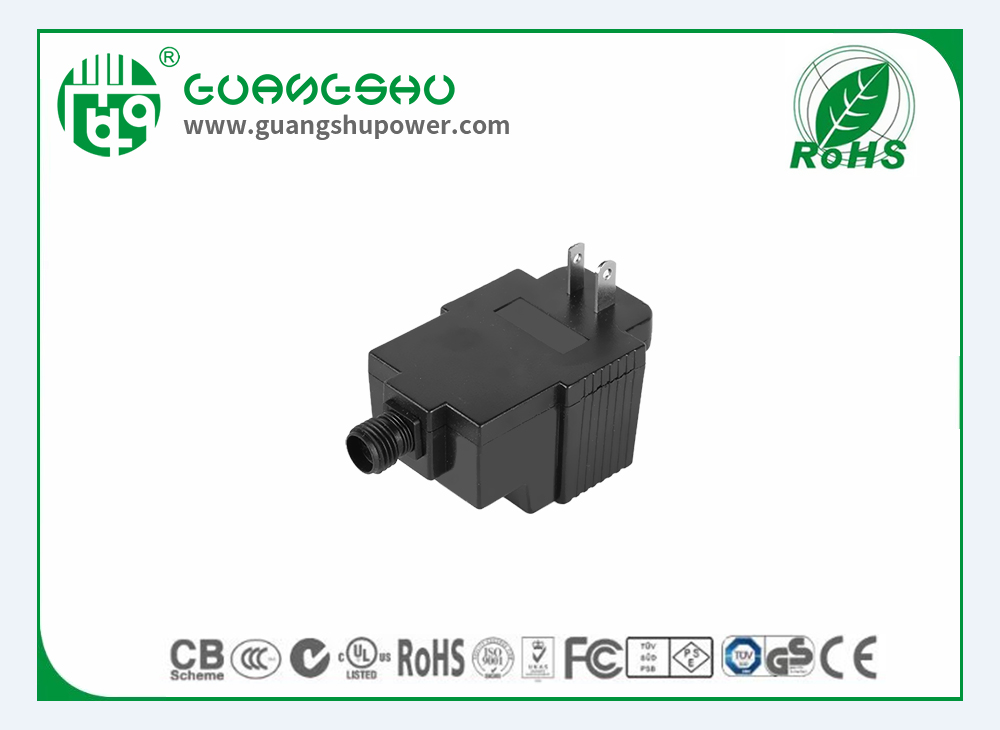Time:2025-09-17 Views:0

The CE certification for switching power supplies is a crucial milestone that indicates compliance with European Union (EU) safety, health, and environmental protection requirements. This certification is not just a quality mark but a mandatory requirement for products sold within the EU market, ensuring that the power supplies meet the essential safety and performance criteria set by EU directives.
The primary directives relevant to switching power supplies under CE certification include the Low Voltage Directive (LVD) and the Electromagnetic Compatibility (EMC) Directive. Under the LVD, switching power supplies must be designed and manufactured in a way that ensures they do not pose a risk of electric shock, fire, or mechanical hazards to users. This involves strict requirements for insulation materials, grounding, and protection against overvoltage and overcurrent. For example, the insulation resistance between live parts and accessible surfaces should meet specific values to prevent leakage currents that could endanger users.
The EMC Directive focuses on the electromagnetic emissions and immunity of the switching power supply. Switching power supplies are known to generate electromagnetic interference (EMI) due to their high-frequency switching operations. To comply with the EMC Directive, manufacturers need to design their products to limit EMI emissions to levels that do not interfere with other electronic devices. At the same time, the power supplies must also have sufficient electromagnetic immunity to function properly in an electromagnetic environment filled with various interferences. This requires careful component selection, circuit layout optimization, and the use of shielding and filtering techniques.
To obtain CE certification, manufacturers must conduct a conformity assessment process, which may involve self-certification for less complex products or third-party testing and certification for more complex ones. The process includes product design review, safety testing, EMC testing, and documentation preparation. Once the product meets all the requirements, the manufacturer can affix the CE mark, demonstrating its compliance with EU regulations and allowing for seamless market access across the EU member states.
Read recommendations: